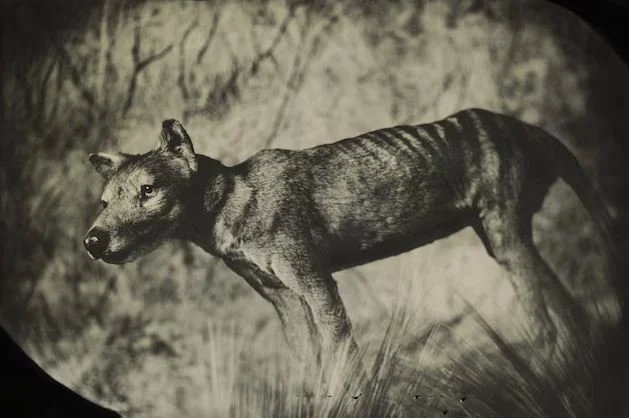Old Fish Who Survived Dinosaurs Finally Extinct
The IUCN’s announcement last month that the Chinese paddlefish is officially extinct was really a formality. This species of sturgeon, one of the world’s largest freshwater fish, checked out sometime between 2005 and 2010. It was already considered “functionally extinct” in 1993 when a tiny remaining population could no longer sustain itself.
Psephurus gladius, which lived in the Yangtze and Yellow River basins, was done in by overfishing, river traffic, and especially, the construction of the Gezhouba and Three Gorges dams, which snuffed out the species’ spawning grounds. The big fish, which grew to between 10 and 20 feet long and could weigh upwards of 500 pounds, had no chance.
Another extinction is bad news, of course, but this one is a downer in a different way. The paddlefish had been on Earth for over 190 million years, dating back to the early Jurassic period. It had survived the dinosaurs, the meteor that wiped out the dinosaurs, periodic fluctuations in climate – both natural and manmade, and everything else – but ultimately it could not coexist with Homo sapiens, which has been here for a mere blip of time in comparison.
It’s not only China. Sturgeon everywhere face being canceled. The IUCN’s Sturgeon Specialist Group has determined that two-thirds of the fish around the world are critically endangered and all 26 species are now threatened with extinction.
“We call on countries to stop turning a blind eye to the extinction of sturgeon and implement the solutions they know can help save these iconic species,” said Beate Striebel-Greiter of the World Wildlife Fund’s Global Sturgeon Initiative. “We have a choice: thriving healthy rivers that nourish and sustain communities around the world or stick with today's failed policies – leaving us with empty rivers that benefit neither people or nature.”
Photo credit: Wei Qiwei







